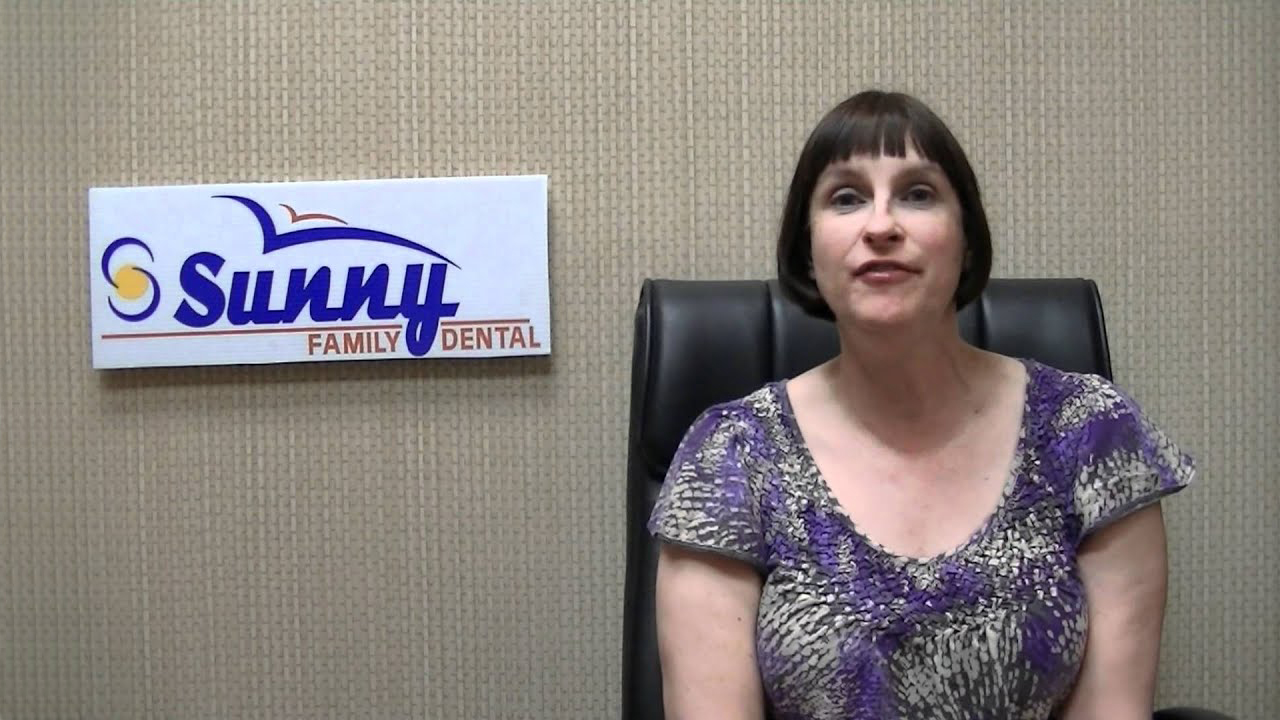Routine Dental Checkup
Click the link below to fill out the paperwork before your appointment. Below you will find New Patient Information including the process when you come into our office as well as an explanation of the procedures.
Please make sure that you have an appointment before you attempt to fill out the paperwork. To make an appointment, you can call our office at (909) 606-4337 or Click the “Make Appointment” tab above.
New Patient Process
We understand that visiting the Chino Hills dentist can be an intimidating process. When you know what to expect, you are more likely to be comfortable and have a great experience. After you arrive at the office:
- A front office staff will check you in.
- Your new patient forms will be pulled up, confirmed and you will sign off on them.
- A friendly dental assistant will take you to your dental chair and get you comfortable.
- Once you are settled, dental x-rays will be taken as well as a panoramic x-ray which will give the Doctor a big picture of your teeth.
- Using an intraoral camera, the dental assistant will take photos in your mouth of areas of concern that you may have.
- The Doctor will come in and do a full check-up and diagnosis. This is the time that you can converse with the Doctor and share any concerns you may have.
- The Doctor will proceed to complete your teeth cleaning.
- If you have an appointment to complete any other treatment or teeth whitening, those treatments will commence after the cleaning
- Time permitting, the Doctor may be able to start treatment that was diagnosed.
- Once you’re done, the front office staff will give you an appointment for treatment based on your schedule.
- You’re done and ready to get on with your day!
Dental Exam
Clinical exam is more commonly referred to as a routine check up. This check up lets your dentist essentially take inventory of the overall health of your mouth and teeth and diagnose any potential problems you may have.
- The first thing your dentist will check during the exam is your face and neck. Checking visually, your dentist will look for any abnormalities, such as lumps, bumps or swelling.
- Checking inside your mouth is next on the agenda. During this part of the check-up, your dentist will be looking for any abnormalities in the soft tissue, such as discolorations or ulcers on your lips, gums, tongue, palate and cheeks. Your dentist will also perform an oral cancer screening and will check your bite and your jaw joint for any problems.
- Next, your dentist will check your gums and jawbone as they are the foundation for your teeth. Your dentist will check them for any signs of gingivitis, gum disease and bone disease.
- Checking your teeth comes next. Your dentist will be checking them for cavities and other problems. Finally, your dentist will be sure to look specifically at any areas where you may have symptoms or concerns.

X-rays
In most cases a clinical exam by itself is not sufficient to completely diagnose all potential problems with your mouth. In fact, the majority of problems with your teeth and the jawbone are not visible to the naked eye. That is why x-rays play a key role in allowing a better, and more accurate look at what is really going on inside your mouth and below your teeth and gums. By using x-rays your dentist can check for any bone loss and determine the severity of the gum disease.
In addition to revealing any problems that were not visible during the clinical exam these initial x-rays will also provide your dentist with a benchmark with which to compare against during your future visits.

Regular Dental Cleaning
Most people have heard of gingivitis, but you’ve probably never heard the word prophy. So what is it? Prophy is short for prophylactic teeth cleaning. Most patients who require prophy are diagnosed by their dentist with an inflammation of their gums, commonly known as gingivitis.
Someone with gingivitis will normally have the following symptoms: swollen, shiny gums, general soreness of the mouth including bright red-inflamed gums. Gums may also be itchy and bleed easily when brushing or flossing. Bad breath or halitosis is also very common in a person with gingivitis.
Simply put, it starts with poor brushing. The main cause of gingivitis is plaque and tartar build up. First comes the plaque. Plaque is the yellow film on your teeth caused by food and bacteria in your mouth. Next comes the tartar. When plaque build up mixes with the saliva in your mouth it hardens over time and turns into tartar. Tartar, usually a result of poor brushing, ultimately leads to gingivitis. It’s a vicious cycle.
Gingivitis can also be a warning sign for a more severe gum disease called periodontal disease. Periodontal disease is when gingivitis is left untreated and can lead to bone loss or even tooth loss.
But don’t despair! The good news is that gingivitis can be treated with prophy. And with routine oral hygiene at home, such as proper and regular brushing and flossing, you can prevent gingivitis from reoccurring.
Dental Cleaning Procedure (Prophy)
So how exactly does prophy work? Prophy is a multi-step process that is normally done in one office visit:
Step one. First, a general cleaning is performed. This is either done manually or with an ultrasonic instrument called a cavitron, or sometimes a combination of the two. Both techniques loosen and remove plaque and tartar build up.
Step two. Following the initial cleaning, a rotary machine that looks much like a toothbrush with toothpaste on it is used. This removes any remaining plaque around or under the gums. It also helps to polish the outer surface of your teeth which helps reduce future plaque buildup.
The final step is to floss to remove any and all remaining plaque between the teeth.

For more information on any procedure or to set up an appointment, call us at (909) 606-4337 or Book an appointment.



